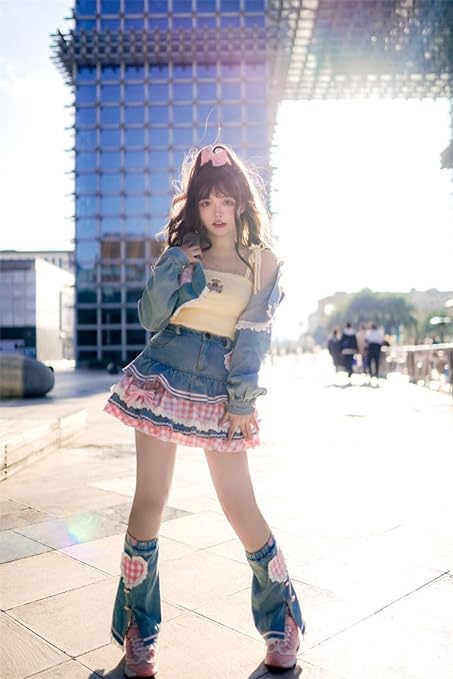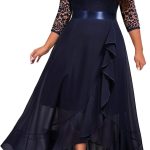1.1 Origin and Evolution of Kawaii Fashion
Originating in Japan, the kawaii aesthetic, symbolizing cuteness and innocence, has undergone significant evolution since its inception. Initially confined to a subculture, kawaii clothes fashion’s playful motifs, pastel colors, and childlike sensibilities captured the hearts of people around the globe. The word “kawaii” itself, originally meaning “lovable” or “pitiable,” has transcended its initial connotations to embody an all-encompassing representation of charm and allure. Its roots can be traced back to the post-war era, featuring simple and sweet designs that drastically contrasted with the pervasive austerity of the time. As Japanese street fashion and pop culture gained international attention, brands began to adopt the kawaii aesthetic, enriching their designs with elements that exuded whimsy and endearment.
1.2 Kawaii Clothes in the Western Wardrobe
Kawaii fashion‘s infiltration into the Western wardrobe has manifested through an increasing integration of cute elements in everyday attire. While not everyone dresses head-to-toe in kawaii clothing, it’s not uncommon to find accessories or individual pieces that nod to the aesthetic. In many cases, these items are characterized by soft colors, playful prints, or characters from Japanese anime and manga. The blending of kawaii clothes with Western fashion demonstrates a versatile approach, allowing people to enjoy elements of the aesthetic without committing to the complete look. This approachable fusion has contributed to an expansive reach. Appealing to a diverse audience that may appreciate subtlety in their adoption of cute fashion statements.
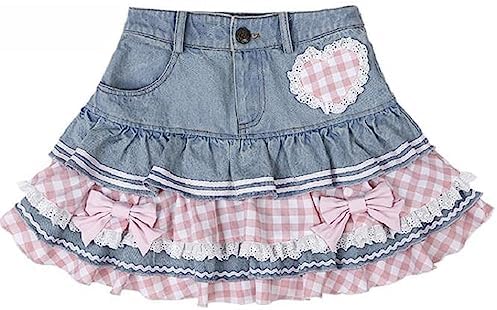
1.3 Kawaii Clothing and Online Culture
The explosion of the Internet and, specifically, the rise of social media platforms, has played a pivotal role in the accessibility and popularity of kawaii clothes. Online communities formed around shared interests in Japanese culture and fashion have provided spaces for fans to share outfit ideas, fashion tips, and shopping sources for kawaii clothing. Social media influencers specializing in kawaii fashion often post curated content that helps spread and normalize the style, making it more approachable for those unfamiliar with the subculture. This has led to a democratization of kawaii fashion. Wherein individuals from all walks of life can partake in celebrating the joy of dressing in a way that expresses their personality.
2. The Influence of Kawaii Clothes on Fashion Industry
2.1 Kawaii in Haute Couture and Ready-to-Wear
Kawaii’s influence on the global fashion industry can also be seen on the runways of haute couture and ready-to-wear fashion shows. High-end fashion brands occasionally interweave kawaii-inspired elements into their collections, showcasing an unexpected mix of sophistication and playfulness. By doing so, these brands capture the essence of kawaii while making it accessible to consumers outside its typical demographic. Such crossover legitimizes kawaii fashion within the broader fashion dialogue and inspires a hybrid style embraced by trend-setters and enthusiasts eager to make a unique statement.
2.2 Collaborative Ventures and Limited Editions
Frequently, renowned fashion labels collaborate with iconic kawaii skirt franchises or artists to develop limited edition apparel and accessories. These partnerships not only result in creative and unique collections that cater to both fashion lovers and fans but also serve to generate considerable buzz and demand in the marketplace. Such collaborations may include special edition prints, character integrations. And exclusive designs that blend a brand’s signature style with kawaii charm.
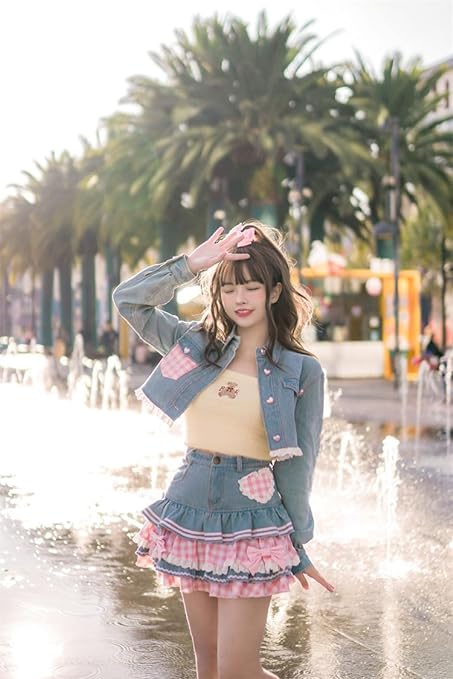
2.3 Kawaii Clothes as Cultural Soft Power
Japan’s deployment of kawaii clothes as a form of cultural soft power has been remarkably effective, promoting not only its fashion industry but also its broader cultural and creative expression. The spread of kawaii aesthetics serves as a cultural ambassador, inviting global audiences to explore Japanese traditions, values, and modern-day expressions. In harnessing kawaii clothing as a medium for cross-cultural communication. Japan has carved out a distinctive and appealing identity on the world stage.
3. Trends and Consumer Behavior in Kawaii Clothing
3.1 The Role of Technology and E-commerce
The flourishing e-commerce landscape has provided an indispensable platform for the kawaii clothing industry. Small and independent kawaii brands leverage online storefronts, social media marketing, and digital outreach to attract consumers worldwide. Advances in technology also facilitate the customization and personalization of apparel, catering to individual preferences within the kawaii fashion niche. Consumer behavior has increasingly shifted towards online shopping for kawaii clothing, attracted by the convenience, variety, and exclusive online offerings.
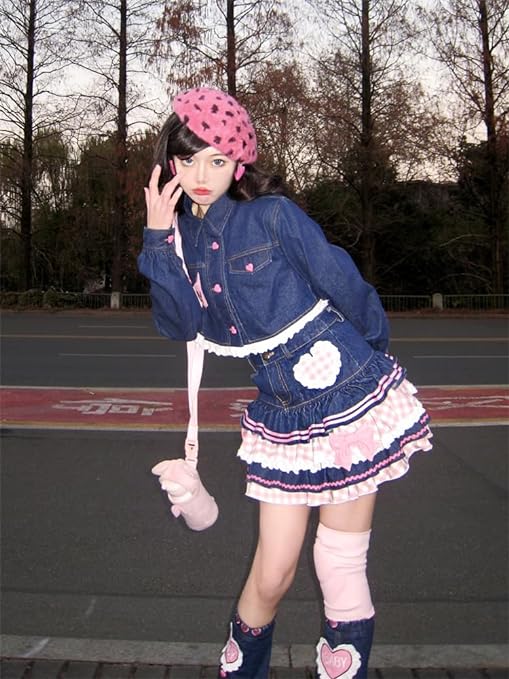
3.2 The Growing Market of Gender-Neutral Kawaii Apparel
An emerging trend within the kawaii fashion world is the rise of gender-neutral clothing. This reflects a broader societal shift towards inclusivity and the rejection of rigid gender norms. Kawaii clothing brands that offer gender-neutral items broaden their market by catering to those who identify with the aesthetic but seek more diverse options. This development signifies an adaptive and progressive aspect of kawaii fashion, ensuring its relevance and resonance with contemporary consumers.
3.3 The Influence of Pop Culture and Kawaii Icons
Pop culture icons and celebrities often play a significant role in dictating trends. And this is no exception in the realm of kawaii fashion. Characters from popular media, iconic mascots, and celebrity endorsements help dictate what becomes popular within the kawaii clothing market. These influencers, through their vast reach and appeal, have the power to attract new audiences and drive trends within the kawaii community. Thereby impacting consumer behavior and preferences.
By examining the multidimensional aspects of kawaii clothes, from their origins to their current status in the fashion industry and consumer behavior. It’s clear that this aesthetic has established itself as a lasting and influential force in the world of fashion. It encapsulates a universal appreciation for cuteness and self-expression, underpinned by a dynamic community that continues to innovate and inspire.
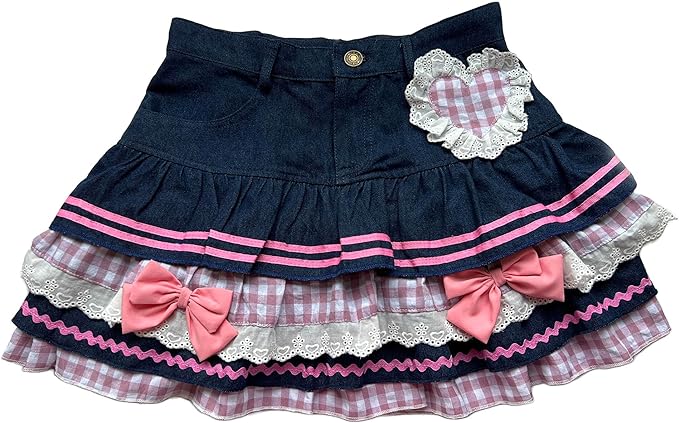
4. Ethical Considerations in Kawaii Fashion
4.1 Promoting Responsible Production
In an era increasingly aware of the importance of ethical labor practices. Kawaii fashion brands face growing pressure to ensure their products are manufactured responsibly. Brands that prioritize the welfare of their workers and adhere to ethical production standards differentiate themselves in a market that is becoming more conscientious. Transparent supply chains that allow consumers to trace the origin of their clothing right down to the raw materials can help foster trust and loyalty. Such practices not only appeal to socially responsible consumers but also contribute to the positive image and longevity of the kawaii clothing brands that embrace them.
4.2 Sustainable Kawaii Clothing
Sustainability is another critical concern shaping the future of kawaii clothes. In response to the environmental impacts of the fashion industry. There is a notable shift towards using eco-friendly fabrics and production methods. Brands that incorporate organic, recycled, or biodegradable materials into their kawaii clothing lines signal their commitment to environmental stewardship. Moreover, the slow fashion movement. Which emphasizes quality and durability over fast-changing trends, has begun to make inroads into the kawaii clothing space. Sustainable practices in this sector not only address environmental concerns but also resonate with the values of the kawaii community, which often celebrates harmony and respect for nature.
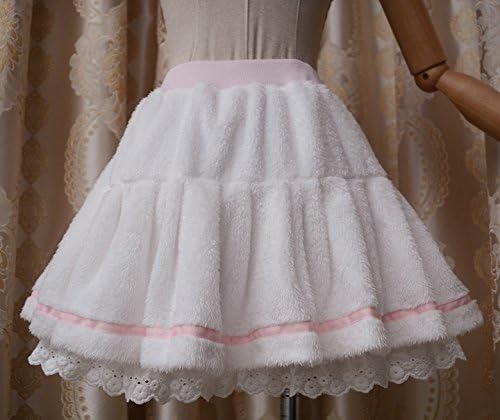
4.3 Community Engagement and Charitable Initiatives
Many kawaii clothing brands extend their commitment to cute aesthetics beyond fashion, engaging in charitable initiatives and community events. By organizing and participating in philanthropic endeavors, these brands use their influence to contribute positively to society. Whether it’s supporting local artisans, funding educational programs, or aiding environmental initiatives. These acts of giving back exemplify how kawaii fashion can intertwine with social responsibility. Such engagement strengthens the bonds within the kawaii community and creates a sense of purpose that transcends the whimsical aspect of the clothes themselves.
